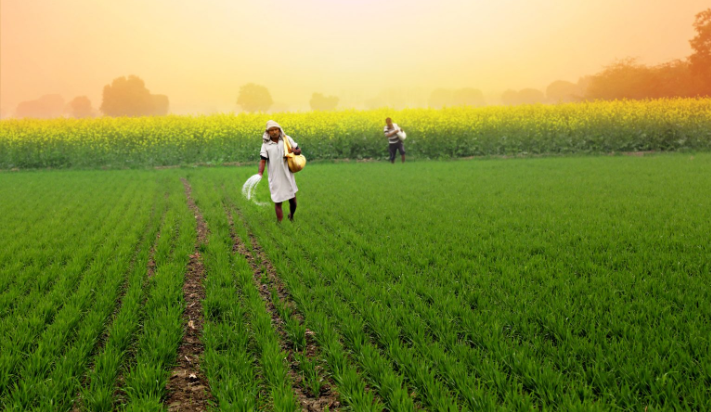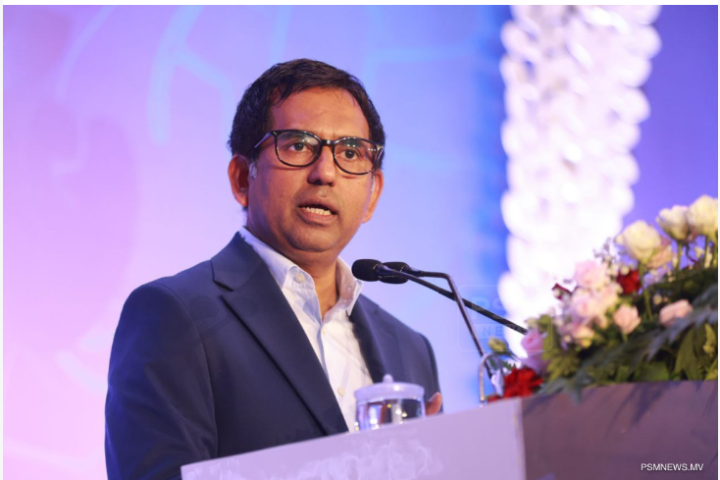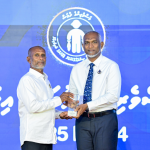MALÉ, Maldives — President Dr. Mohamed Muizzu unveiled an expansive national development strategy that aims to transform the Maldives through the creation of multiple urban centers and development zones, marking a decisive shift away from the country’s traditionally Malé-centered growth model.
The comprehensive plan, enshrined in Sections 4.12, 4.13, and 4.14 of the “Dhiveheenge Raajje Manifesto,” establishes three distinct development regions: the Malé Urban Region, designated as a high-end service area; a Northern Integrated Development Zone spanning Haa Alifu, Haa Dhaalu, and Shaviyani Atolls; and a Southern Zone encompassing Gaafu Dhaalu, Gaafu Alif, Fuvahmulah City, and Addu City.
“This initiative has been a priority of my administration since day one,” President Muizzu stated in a recent post on X. The president emphasized that the strategy will be integrated into the country’s 20-year National Development Plan, with implementation guided by technical experts, councils, and local communities.
In the northern zone, Haa Dhaalu Atoll will serve as the main administrative hub, while Kulhudhuffushi City is positioned as an international gateway. The plan includes the development of Hanimadhoo and an international transshipment port at Ihavandhipolhu, establishing the region as a significant maritime and economic center.
The southern development zone centers on Addu City, which will function as both an administrative hub and international gateway. The region is slated for extensive development in industrial activities, fisheries, agriculture, mariculture, and tourism, including an international transshipment port.
Perhaps most significantly, the plan calls for the establishment of seven additional moderate urban centers — three north of Malé and four in the south — creating a network of developed areas across the archipelago.
The strategy represents one of the most ambitious decentralization efforts in the Maldives’ history, addressing long-standing concerns about population concentration in the capital region. While the government has presented a clear vision for geographical distribution of development, questions remain about funding mechanisms and implementation timelines for these extensive projects.
The initiative comes as the Maldives, a nation of approximately 1,200 islands, seeks to address economic disparities and provide more equitable development opportunities across its scattered atolls. By establishing multiple development zones and urban centers, the government aims to create new economic opportunities and improve living standards beyond the traditional center of Malé.












